The 18 Worst Restaurant Ripoffs, According To Chefs
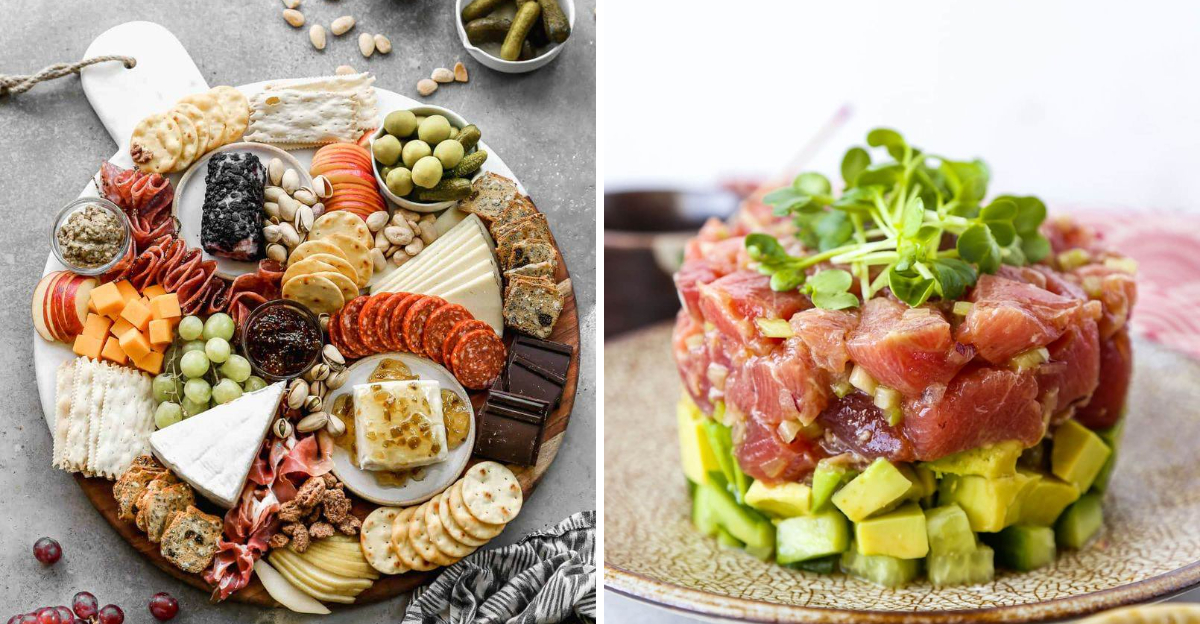
Chefs reveal some of the most overpriced items on restaurant menus, exposing how certain dishes and drinks charge far more than they cost to make.
1. Truffle Oil Dishes

Truffle oil dishes often boast of luxury, yet most rely on synthetic truffle oil rather than genuine truffles. This faux luxury significantly inflates the cost for what is essentially flavored oil. Many diners are unaware that real truffles are rarely used due to cost. Restaurants leverage the perceived exclusivity of truffles to justify sky-high prices. A dab of oil, rich in aroma but lacking true truffle essence, can turn an ordinary dish into a pricey affair.
Would you pay top dollar for an imitation? Chefs advise skepticism and an understanding of what you’re truly paying for when ordering these dishes.
2. Pasta with Butter or Olive Oil

A plate of pasta with just butter or olive oil seems humble, yet it’s often marked up extensively in restaurants. The simplicity of this dish, made from pantry staples, belies its price tag. Chefs note the absurdity of paying top dollar for ingredients that cost mere pennies.
What makes this dish so expensive in a restaurant setting? The ambiance, presentation, and perhaps the illusion of fine dining contribute to an inflated sense of value. Diners are cautioned to consider the real cost of such seemingly modest offerings.
3. Avocado Toast
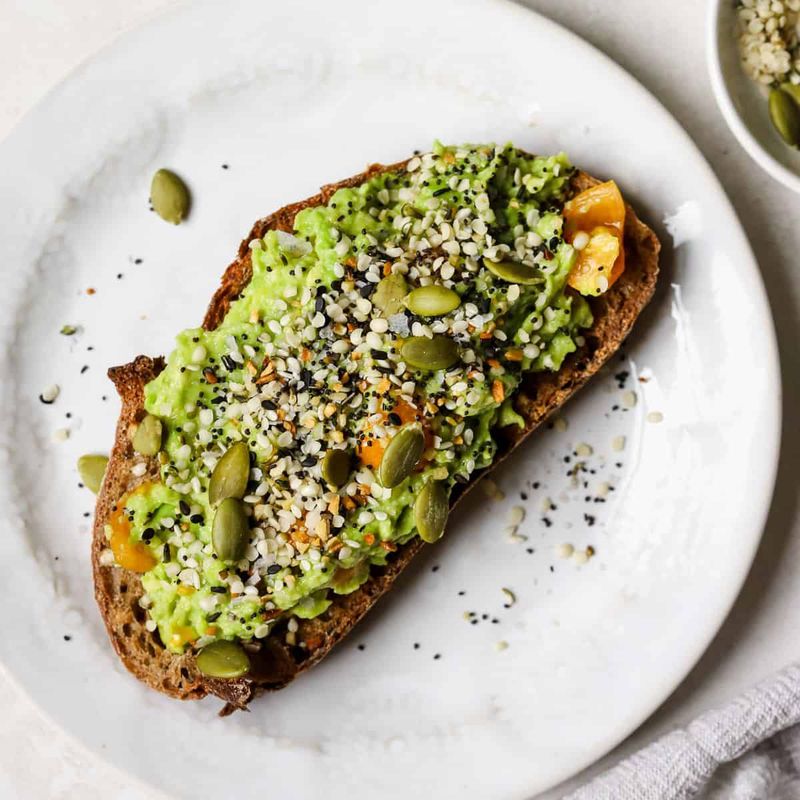
Avocado toast has become a brunch staple, yet its price often rivals that of full entrées. How can a few avocado slices on toast command such a premium? The simplicity of this dish is its charm, yet also its downfall in terms of value. Chefs argue that the cost of avocados hardly justifies the steep price.
In trendy cafes, presentation and atmosphere often elevate avocado toast from humble to exorbitant. However, diners should question whether the experience justifies the expense. Is it the toast or the Instagram-worthy moment that you’re really paying for?
4. Iceberg Wedge Salad
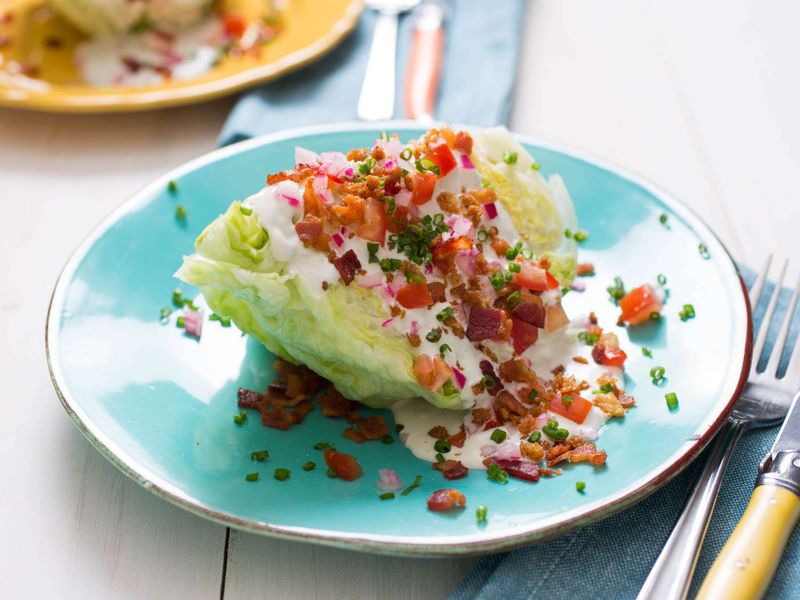
The iceberg wedge salad, with its crisp texture and creamy blue cheese dressing, offers simplicity at a steep price. Primarily composed of water, this salad’s cost is often unjustified. Chefs highlight the disconnect between effort and expense here.
Is the markup for the lettuce’s refreshing crunch or the dressing’s tangy richness? Restaurants capitalize on presentation, yet the ingredients are among the cheapest. Diners might consider the real value of a dish that’s more style than substance, questioning the actual worth of their crisp and creamy indulgence.
5. Bottled Water

Bottled water on restaurant tables often comes with a hefty price tag. Why pay for what’s essentially free? Many restaurants offer filtered tap water that matches or exceeds bottled quality. Yet, the allure of a glass bottle or exotic label can lead diners astray. Chefs point out the simplicity of this overpriced option, underscoring a disconnect in perceived value.
In a setting where presentation is paramount, the choice of bottled over tap is often a status symbol. Diners should consider if the label is worth the extra dollars or if fine dining can embrace simplicity.
6. Charcuterie Boards
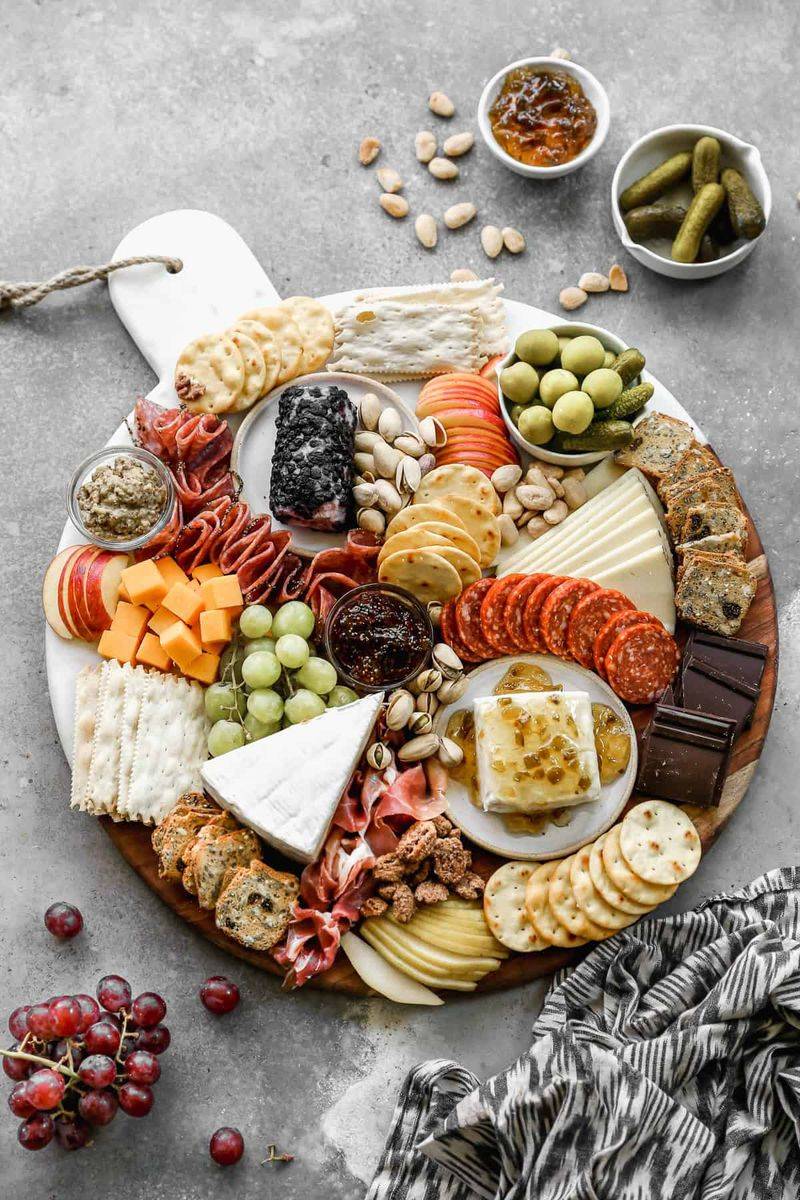
Charcuterie boards, though visually stunning, often feature a collection of modest meats and cheeses presented as haute cuisine. The presentation can deceive diners into paying a premium for what are, at times, cost-effective ingredients. Chefs suggest that the pricing often reflects the board’s aesthetic rather than the culinary value.
When ordering a charcuterie board, consider whether it’s the curated look or the flavors that justify the price. While they make for an Instagram-worthy appetizer, diners should assess the real worth of each bite against the price paid.
7. Brunch Omelets
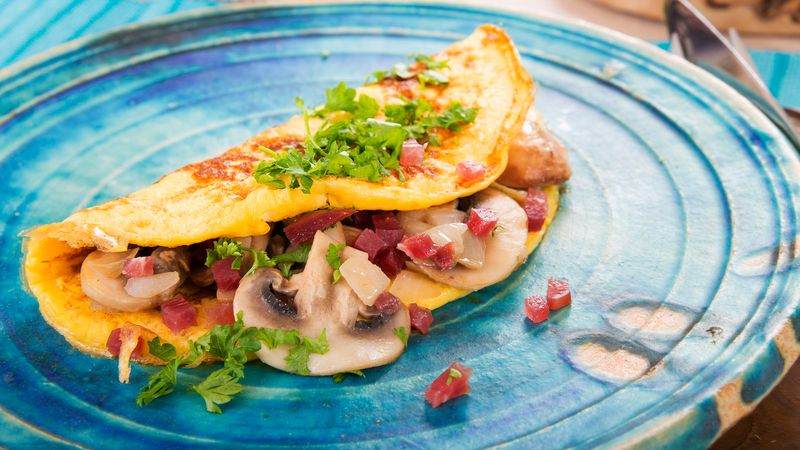
Brunch omelets can turn simple eggs into a costly affair. Despite the basic ingredients involved, restaurants often charge a premium for this breakfast staple. Chefs highlight the disparity between the cost of eggs and the price tag attached to these brunch favorites.
Why are these omelets so expensive? Part of the appeal is the leisurely dining experience, where ambiance and service play a role in the price. Yet, diners might question whether the indulgence matches the expense, especially when the dish could be recreated at home for a fraction of the cost.
8. Gold-Flaked Anything

Gold-flaked dishes dazzle with their opulent appearance, yet the gold itself contributes nothing to flavor or nutrition. This culinary flourish is purely visual, appealing to those seeking luxury dining experiences. Chefs are critical of the practice, questioning the justification for such high prices.
Does a sprinkle of gold elevate a dish’s status or merely its cost? While it may impress visually, diners should consider whether the added expense reflects a true gourmet experience. The allure of gold may blind to the real culinary value, masking simplicity with sheen.
9. Tuna Tartare

Tuna tartare, with its delicate balance of flavor and presentation, can be deceptively overpriced. While it appears as a luxury item, some versions use lower-grade tuna masked by sauces and presentation. Chefs caution diners about paying premium prices without assurance of quality.
What makes tuna tartare so alluring? Its artistry and the promise of exotic freshness often justify the cost in diners’ minds. Yet, it’s crucial to discern whether the dish’s elegance is superficial. Awareness of quality and authenticity ensures that diners truly enjoy value, not just visual appeal.
10. Guacamole (Especially Tableside)
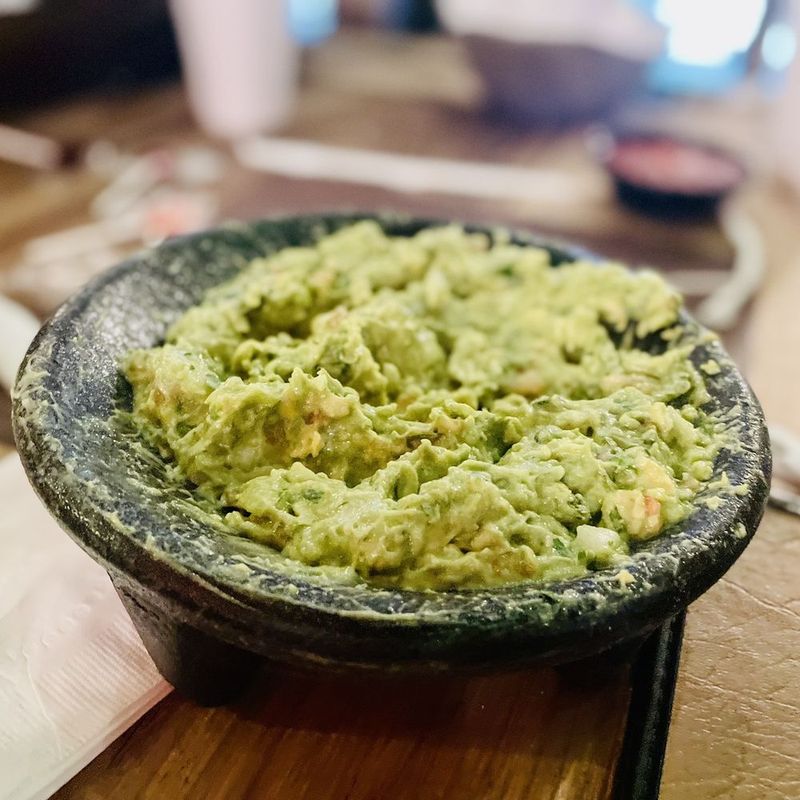
Tableside guacamole transforms simplicity into spectacle, often at a steep cost. While avocados are relatively affordable, the experience of watching the dish made can inflate its value. Chefs point out the disparity between ingredient cost and menu pricing.
Is the tableside performance worth the extra dollars? For some, the interactive element justifies the price, adding a layer of engagement to dining. Yet, diners should weigh the novelty against the real expense, considering if the same dish at home would lack only the flair, not the flavor.
11. Lobster Mac and Cheese
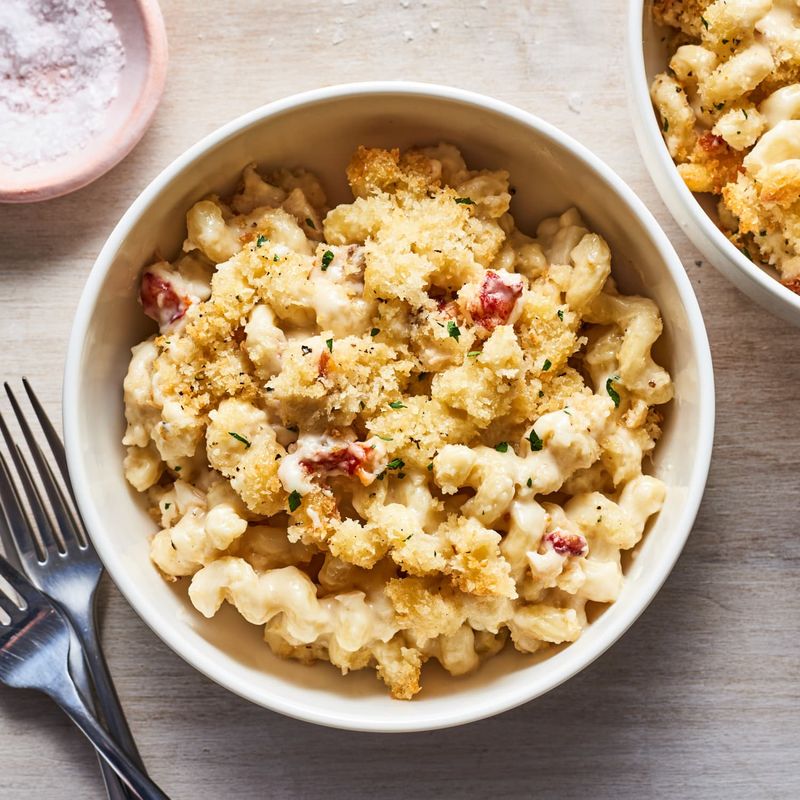
Lobster mac and cheese promises decadence, yet often delivers minimal lobster amid ample pasta. This disparity is a common critique among chefs, who note the dish’s markup often reflects the lobster’s presence more than its abundance.
Why pay so much for so little lobster? The allure lies in its luxurious promise, yet diners often find more cheese and pasta than seafood. Chefs advise evaluating whether the indulgence matches the cost, ensuring the dish’s richness isn’t just in name but in content.
12. Foie Gras Add-Ons

Foie gras add-ons are beloved for their luxurious texture and taste, yet the price can be steep for small portions. Chefs often warn about inconsistency in sourcing and quality, leading to varied experiences.
Is the expense justified by extravagance? While foie gras is celebrated, diners are encouraged to ensure they’re receiving fresh and responsibly sourced product. This ensures that the high cost is backed by an authentic experience, not just a label of luxury. True indulgence comes from quality, not size.
13. Kobe or Wagyu Beef Sliders

Kobe or Wagyu beef sliders promise exotic indulgence, but chefs caution against misleading labels. True Kobe or genuine Wagyu are rare and expensive, yet many sliders merely suggest this quality without delivering.
Are these sliders authentic or just marketing hype? Diners are urged to verify authenticity before paying premium prices. The disparity between label and content highlights the importance of informed choices, ensuring that indulgence is genuine, not just perceived. True enjoyment aligns with authenticity, safeguarding against culinary deception.
14. Vegetable Side Dishes
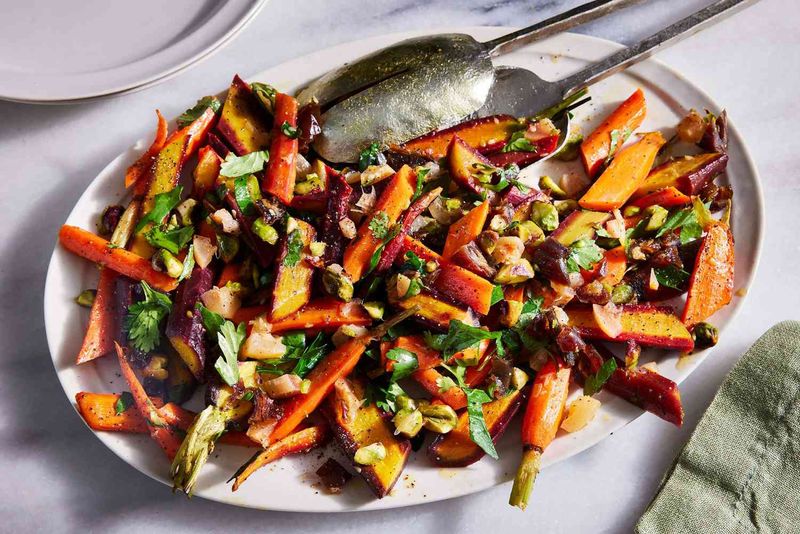
Vegetable side dishes, though healthy and simple, can be surprisingly pricey. Chefs note the minimal effort involved in preparing items like roasted carrots or broccoli, yet their cost can rival main courses.
What justifies this expense? The answer often lies in presentation and dining experience rather than ingredient value. Diners should question whether these sides offer culinary creativity or just a pretty plate. Aligning cost with culinary effort ensures true satisfaction, knowing that price reflects more than just plating aesthetics.
15. Surf and Turf Specials

Surf and turf specials evoke luxury, yet often feature lower-end beef cuts and small seafood portions. Chefs highlight the frequent mismatch between price and portion size.
Why such a premium for modest servings? The name suggests extravagance, yet diners might find less bang for their buck. Opting for these dishes requires an understanding of portion and quality, ensuring the experience lives up to expectations. True indulgence aligns portion with price, making every bite worth the splurge.
16. Artisan Bread Baskets (Charged Separately)
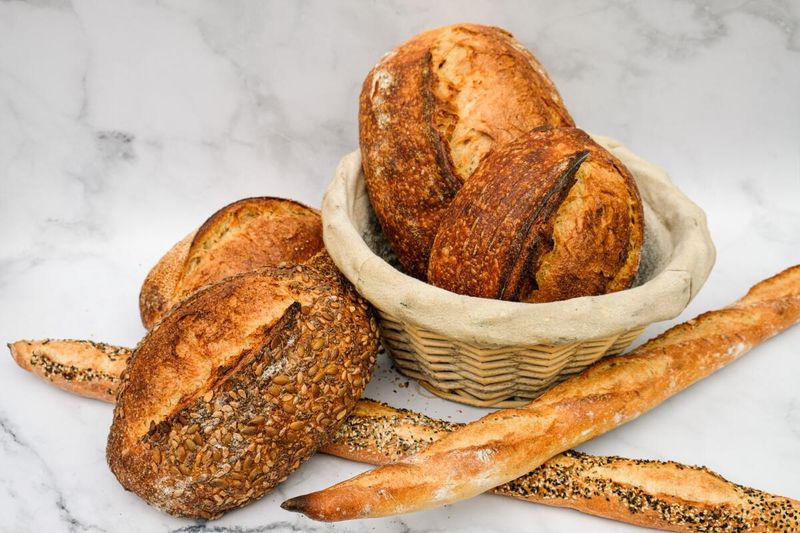
Artisan bread baskets, once complimentary, now often come with a cost, sometimes nearing $10. Chefs reminisce about when bread was part of hospitality, not a separate expense.
Why the change? The shift to charging reflects restaurants’ efforts to monetize every aspect of dining. Diners should evaluate whether the basket’s quality justifies its price or if nostalgia for free bread overshadows current offerings. Genuine value in dining embraces hospitality without hidden costs, ensuring satisfaction beyond initial impressions.
17. Overpriced Cocktails
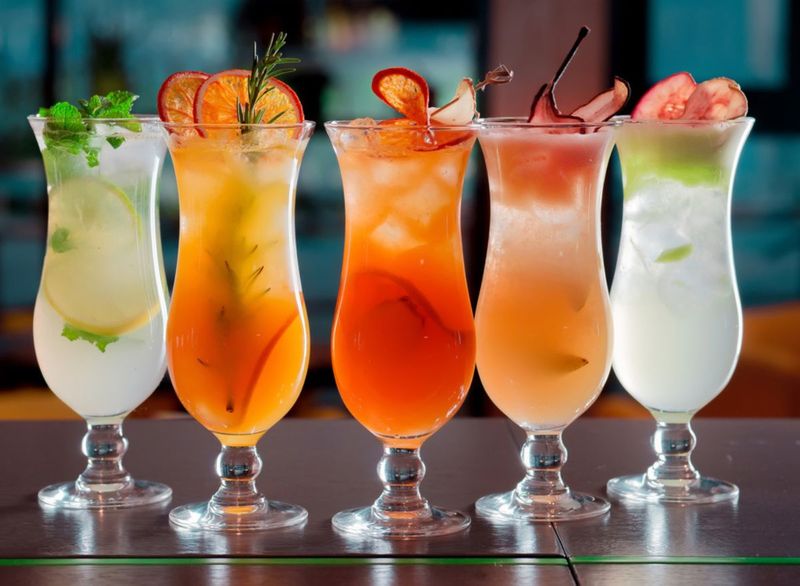
Overpriced cocktails turn simple spirits into costly creations, often due to trendy ingredients or elaborate presentation. Chefs question whether these drinks’ high prices reflect substance or style.
Are diners paying for the drink or the show? While novelty can enhance enjoyment, evaluating ingredients versus cost ensures true value. The allure of a cocktail should balance creativity with authenticity, offering more than just a pretty glass. True satisfaction in sipping comes from knowing every drop counts, not just dazzles.
18. Desserts Like Molten Lava Cake

Molten lava cake delights with its gooey center, yet many are pre-made and reheated, challenging claims of being house-made. Chefs critique the markup for such deceptively simple desserts.
Why pay a premium for pre-made? Diners seeking genuine culinary artistry should verify freshness and craftsmanship, ensuring the dessert’s allure is authentic. True indulgence in dessert lies in its craftsmanship, not just its gooey center. Enjoy every bite knowing it reflects skilled hands, not just assembly line convenience.
